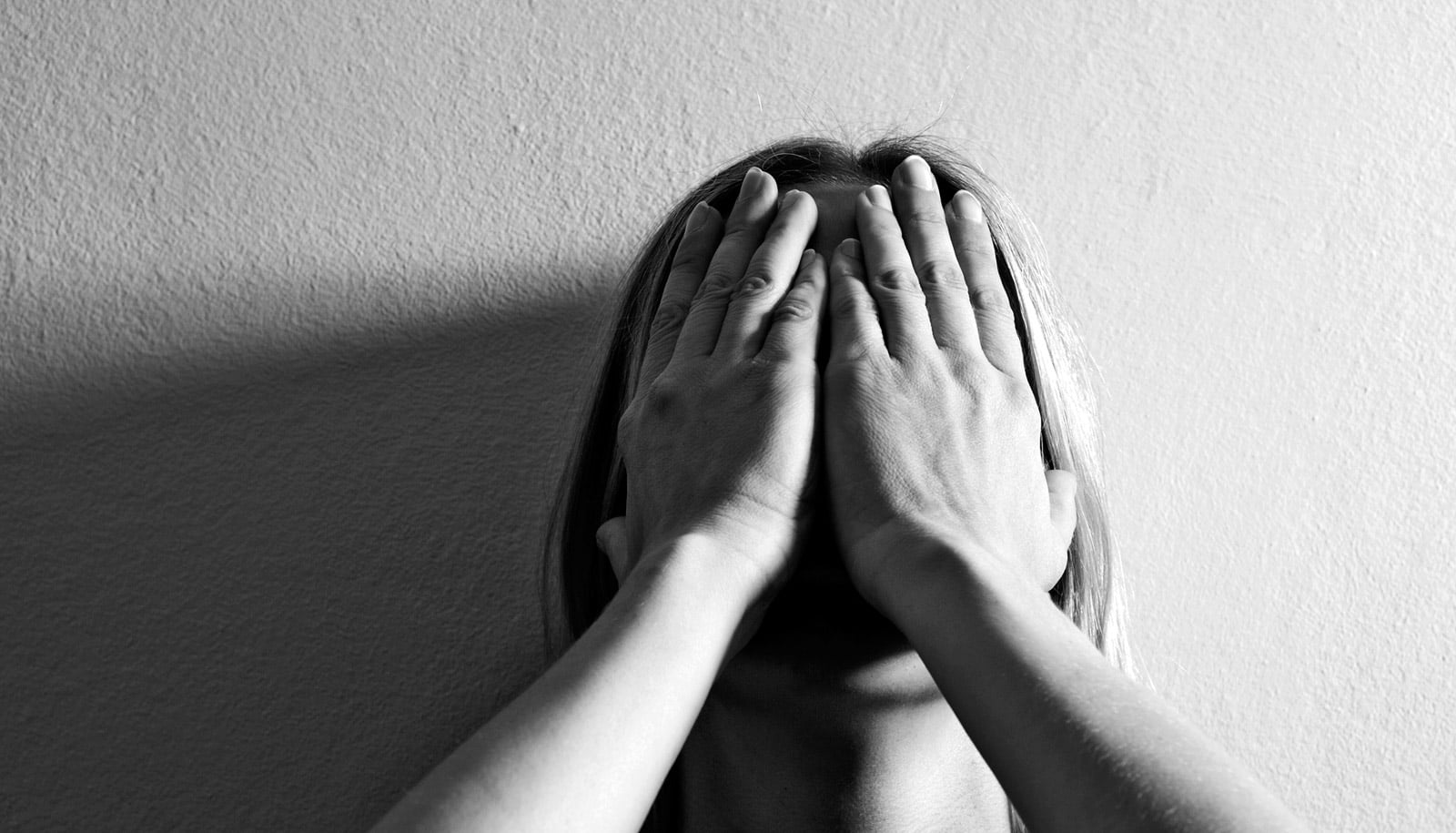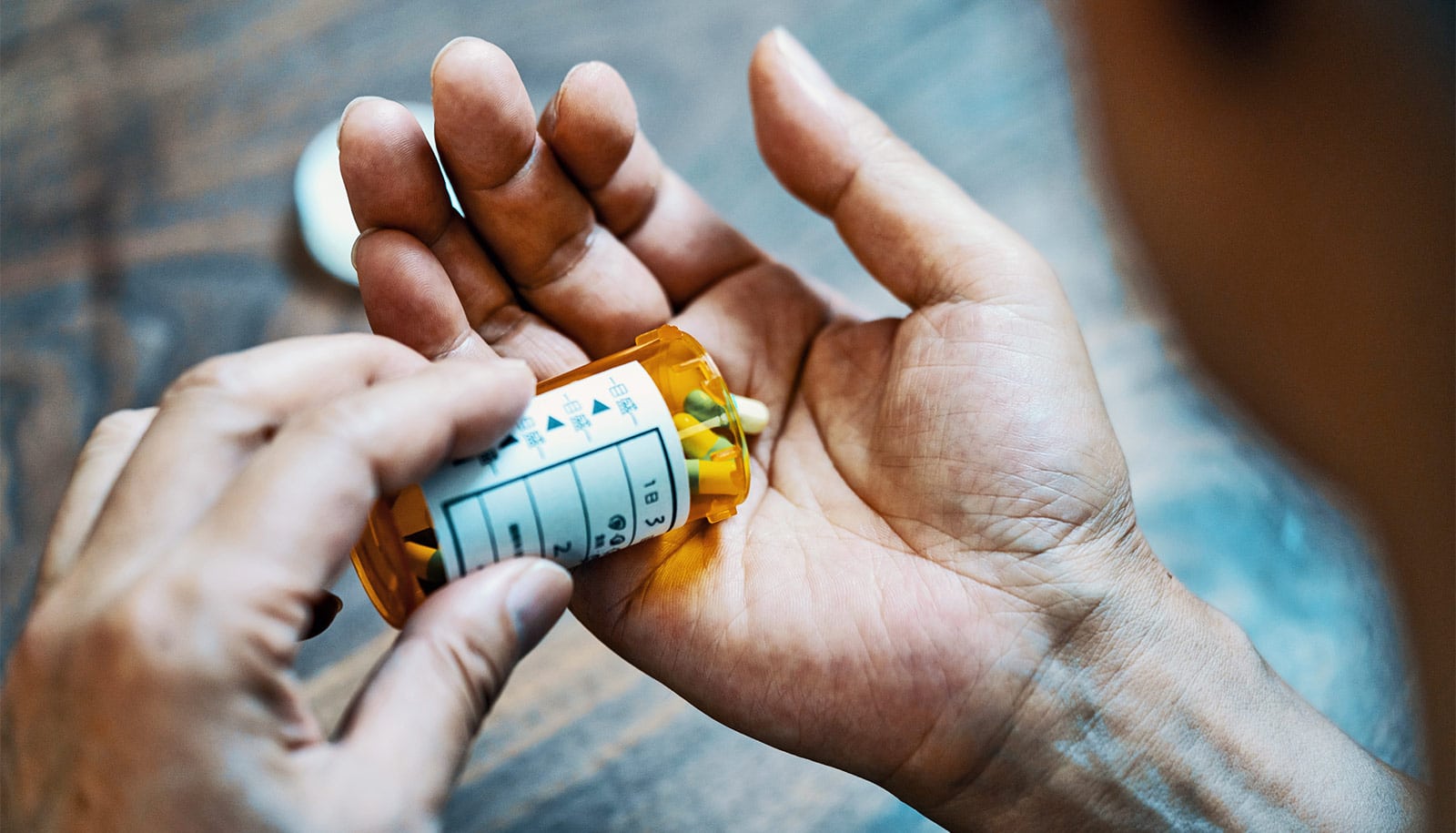Veterans who have drug or alcohol problems are more than twice as likely to die by suicide as those that don’t. And women veterans with substance use disorders have an even higher rate of suicide—more than five times that of their peers.
The highest suicide risks are among those who misuse prescription sedative medicines, such as tranquilizers. Women who misuse opioid drugs also have an especially high risk of suicide.
The findings, published in the journal Addiction, suggest more suicide-prevention efforts are needed for veterans who have substance use disorders, especially if they also have depression, schizophrenia, bipolar disorder, post-traumatic stress disorder, or anxiety.
The study of more than 4.4 million veterans is one of the largest-ever examinations of substance use disorders and suicide.
After combat, veterans need help getting back to ‘normal’
“We hope these findings will help clinicians and health systems care for people with substance use disorders, with mental health conditions, and with both—and focus suicide prevention efforts accordingly,” says lead author Kipling Bohnert, assistant professor of psychiatry at the University of Michigan Medical School and a researcher with the VA Center for Clinical Management Research. “Substance use disorders may be important markers for suicide risk.”
Twenty veterans die by suicide each day—a much higher rate than in the general population.
Because two-thirds of the suicides in the study involved firearms, researchers also note the importance of gun safety in reducing suicide. In addition, one-quarter of suicides among veterans with substance use disorders were by intentional poisoning, highlighting the need for strategies to prevent that form of suicide in this group.
The work may have implications for the civilian population as well, but it’s harder to study individuals outside the VA because records aren’t centralized.
For the study, researchers looked at records from veterans who saw a VA provider in 2004 and 2005. They then tracked suicides among this group over the next six years.
In all, 8.3 percent of men and 3.4 percent of women in the cohort had a substance use disorder recorded in their list of diagnoses in 2004-2005. And 9,087 of the veterans in the study group died by suicide during the follow-up years.
Using statistical techniques, the team then calculated suicide rates per 100,000 person-years and those rates for veterans with substance use issues overall, and for specific substance use disorders.
In all, the suicide rate was 75.6 for veterans with any substance use disorder, compared with 34.7 for veterans overall. The new study allowed researchers drill down to the specific substance that veterans had problems with, including alcohol, opioids, marijuana, and cocaine.
Veterans with ‘not quite PTSD’ at high risk of suicide
Suicide risk was highest for veterans of both genders who misused sedatives—171.4 per 100,000 person-years—and markedly higher for women who misused opioids, at 98.6 per 100,000 person-years. The researchers couldn’t distinguish between misuse of prescription opioids and problems with other non-prescription opioids, such as heroin.
Men who misused amphetamines also had a suicide rate of 95 per 100,000 person-years. The study couldn’t tell whether they were misusing prescription amphetamines, such as those used for attention deficit disorder, or using illicit drugs such as methamphetamine.
The researchers then took into account veterans’ age and the overall severity of their medical conditions, and calculated the risk of suicide by type of substance use disorder.
This reduced the size of the difference in suicide risks somewhat but most of the original relationships remained. When the researchers factored in mental health diagnoses, the picture changed. Among women, only alcohol and opioid disorders remained associated with higher suicide risk, independent of mental and physical health. Differences between men and women diminished as well.
But both genders with substance use disorders had a higher rate of suicide even after differences in physical and mental health were factored in.
“Assessment and treatment of co-existing psychiatric conditions, in addition to substance use, may be important in lowering the risk of suicide among individuals who have substance use disorders,” Bohnert says.
The Department of Veterans Affairs funded the work.
Source: University of Michigan



